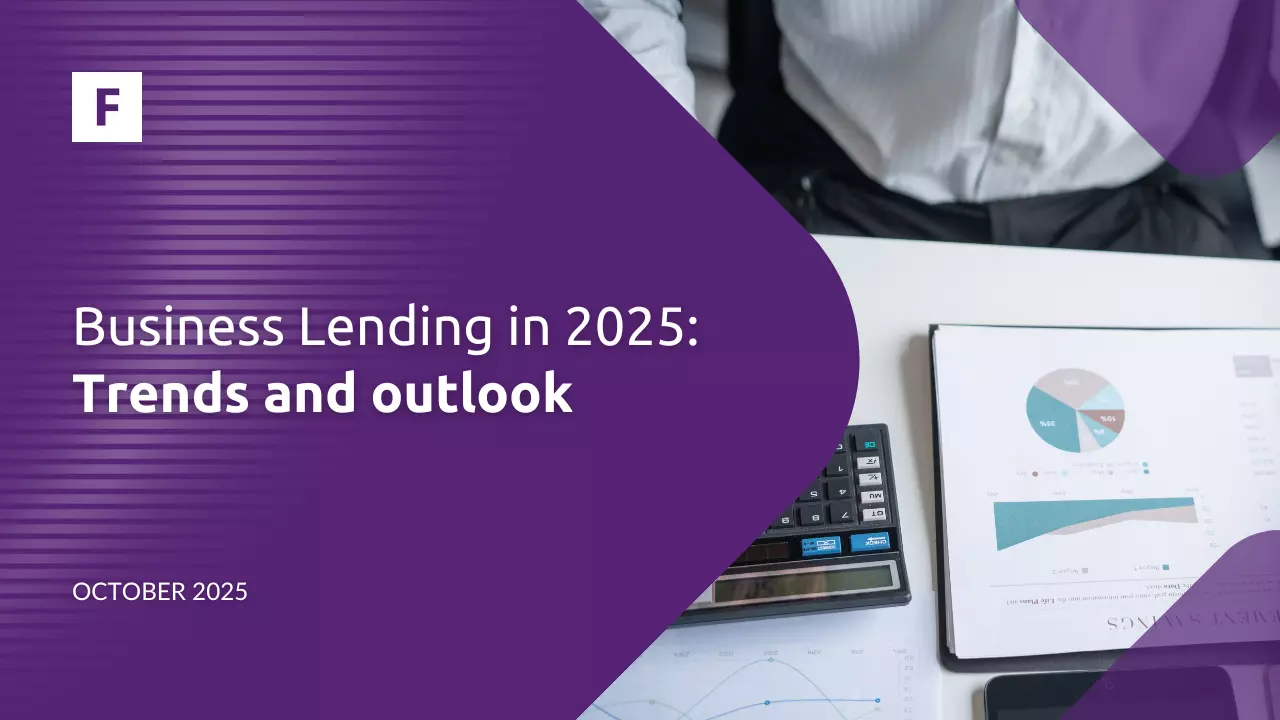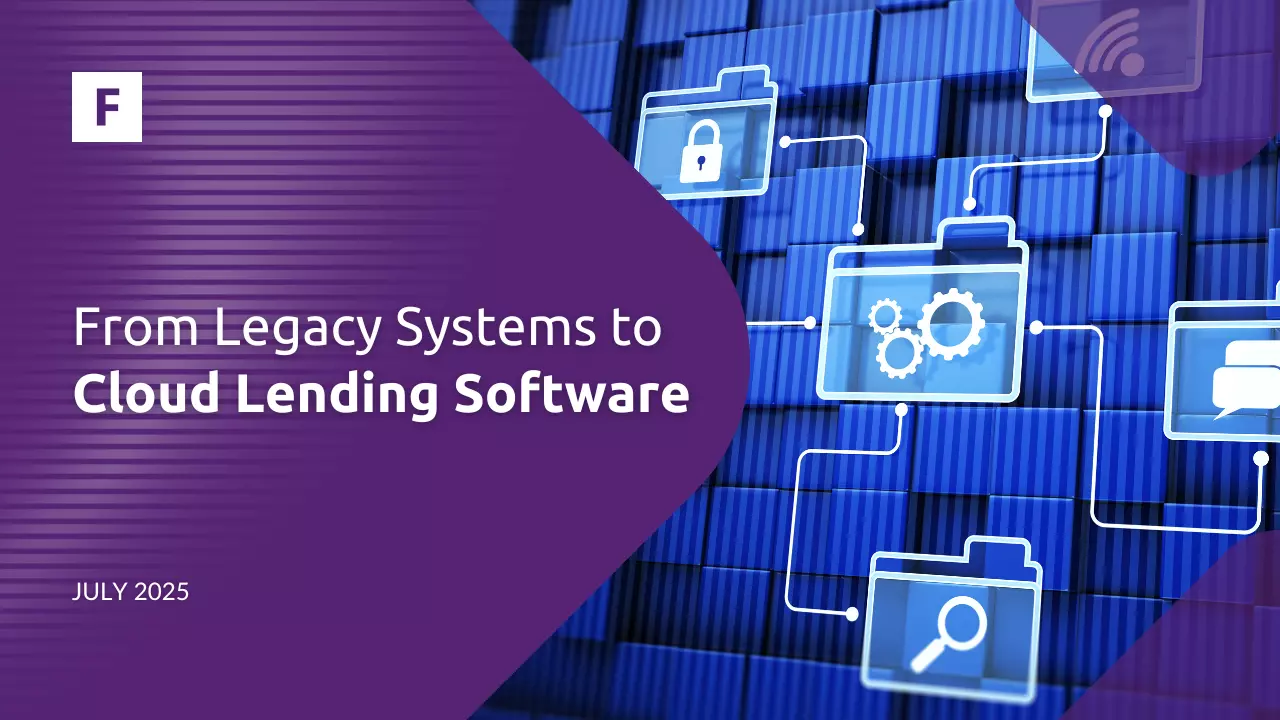What comes to your mind when thinking about traditional lending processes? Maybe images of long queues, lots of paperwork to be filled and the need to visit branches to have a credit granted. But for younger generations, that’s not the case, and the appearance of Neobanks has created a new way of thinking about lending solutions, banks, and money. According to CB Insights, digital lending start-ups raised a record $20.5bn across 633 deals in 2021, representing a 220% funding increase year on year. Personal finance and modern marketing tools, including social media and online reviews, are a perfect match for these digital companies.
What is Digital Lending?
It is a type of peer-to-peer lending that makes use of computer software to process and track loan transactions. These loans are made directly between borrowers and lenders, who do not assume any human or financial risk. This type of digital financial service is more efficient than traditional borrowing and lending because it requires less time, effort, and resources on the lender's part.
A loan origination system borrows the terms and conditions of a traditional loan but with fewer legal restrictions. The lender can choose to use the data model generated by the savings account to determine the amount of interest, the interest rate, and the duration of the loan.
On the other hand, traditional financial services like bank loans, credit card payments, and mortgage payments often take place over several days or weeks. The interest rate charged also varies based on different factors, including the borrower's income, current debt level, and credit score. Digital lending eliminates these factors; as a result, lenders can offer you a higher return on your loan than you would receive from a traditional lender.
Building your lending solution with Fintech Market is the most effective way to simplify processes and offer your customers faster, more secure, and better services. With our SaaS platform, you are on your way to becoming a digital lender. Let us dive into these five reasons to adapt your lending company:
It is a Bigger, Better Deal
Traditional lending requires more paperwork than most digital options. That’s both good and bad. On one side, you’ll be able to offer your potential borrowers a more comprehensive loan package. On the other side, you’ll have to wade through lots of red tapes to do it. One of the main benefits of digital lending is that it doesn’t require a lot of paperwork. The way digital lending works is that the finance provider receives loan application data through various channels. It then uses that data to calculate a borrower’s ability to pay back the money that they’re borrowing.
Enhanced Customer Service
Traditional lending processes often have different filters for users to communicate. Sometimes it may vary from phone calls or even the need to go to the physical branch, which means spending more time on things that can be solved digitally, as in digital lending, that thanks to technologies like chatbots, the convenience of customer service has improved.
Digital Lenders Are More Affiliative
When you’re a traditional lender, you have a certain set of customers in mind. Your entire business model is build around servicing one type of customer: those with poor credit. When you operate in the digital lending space, though, you have an entirely different customer base in mind. That isn’t because you’re not servicing the same customers than you previously were. You have a broader customer base.
Faster Financing Than Traditional
Traditional lending can take between 2-6 weeks for you to collect on a loan. You might not make any money off that loan until the money comes in from the borrower. Digital lenders, on the other hand, can quickly generate loan agreements, review loan applications, and then approve or reject them in only a few hours. That’s because they don’t rely on third parties to help them collect data. They use your data to collect data. With traditional lending, you don’t get to control how your loan data is used.
Digital Data is Crowded but Highly Accessible
Lenders are using more and more data to make their decisions. It is a change that could be good or bad, depending on how it affects you. Traditional lenders have always relied on the data they collect from you and your loan application. They’re also turning to data from social media, such as Facebook and LinkedIn, and public information, such as your loan application data and credit score.
In conclusion, digital lending has a lot of advantages over traditional lending. It’s cheaper, faster, and doesn’t require a lot of paperwork. And even though old-school lending is still working, customers are choosing easy-to-apply loans, better communication with lenders, and quicker solutions from any device and everywhere. That means it’s relevant for lenders to shift their operations to adapt to the new model and offer convenient services to remain competitive.







